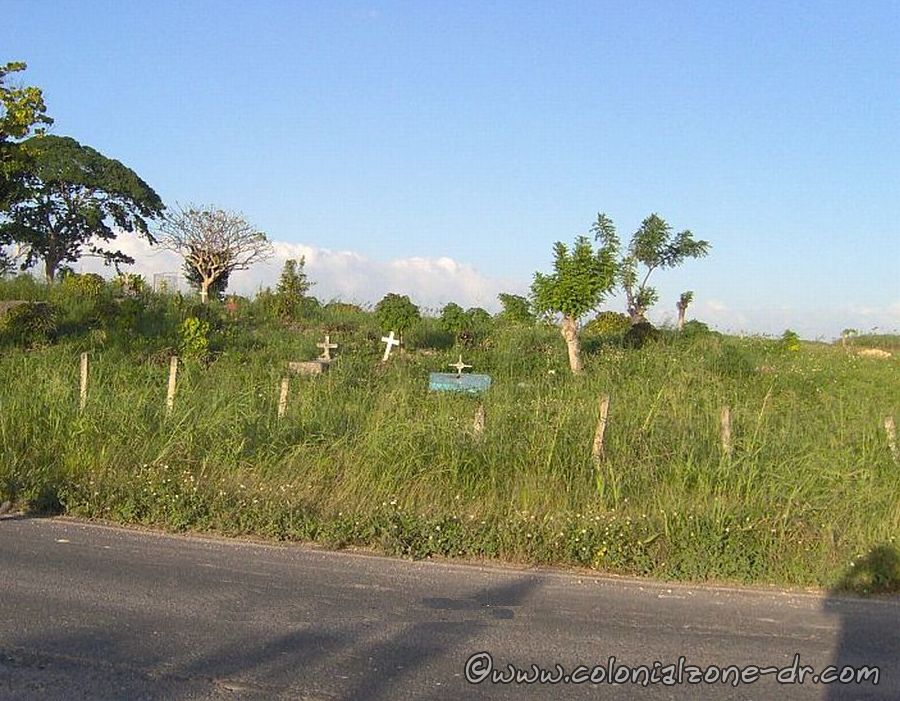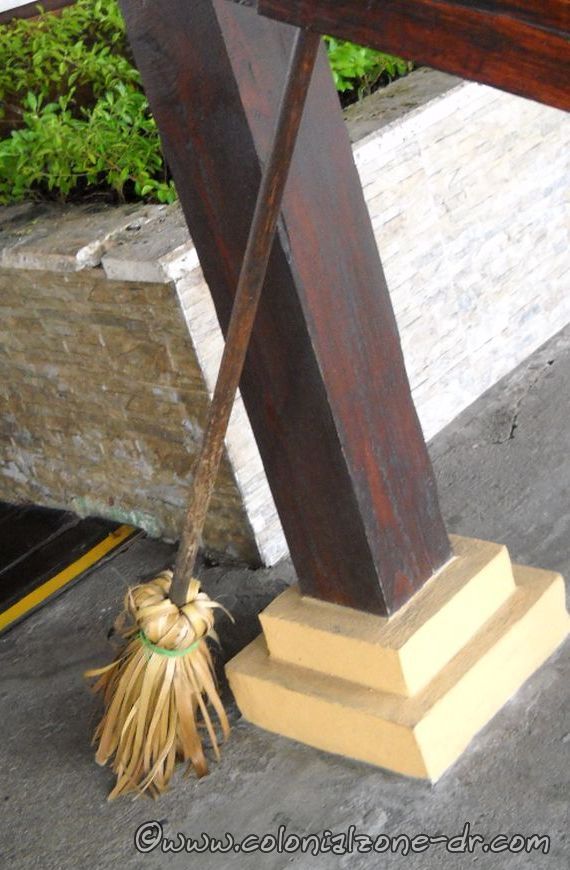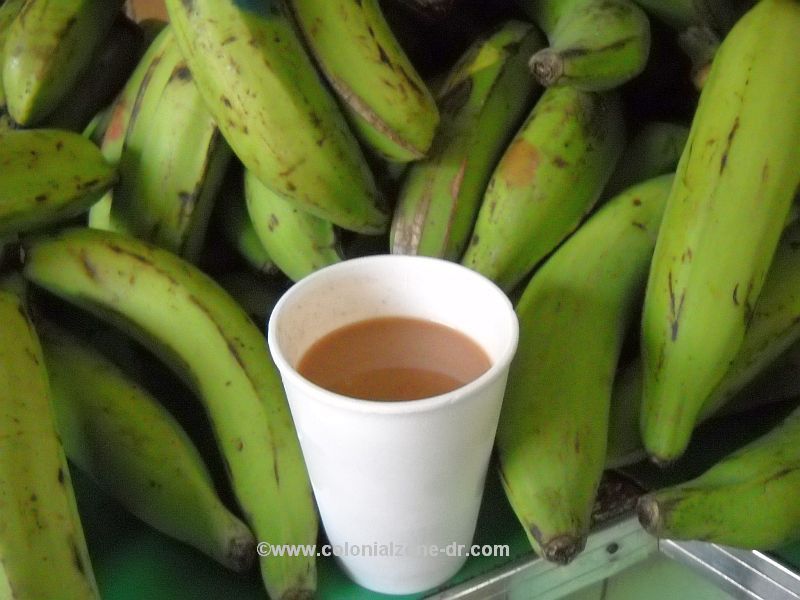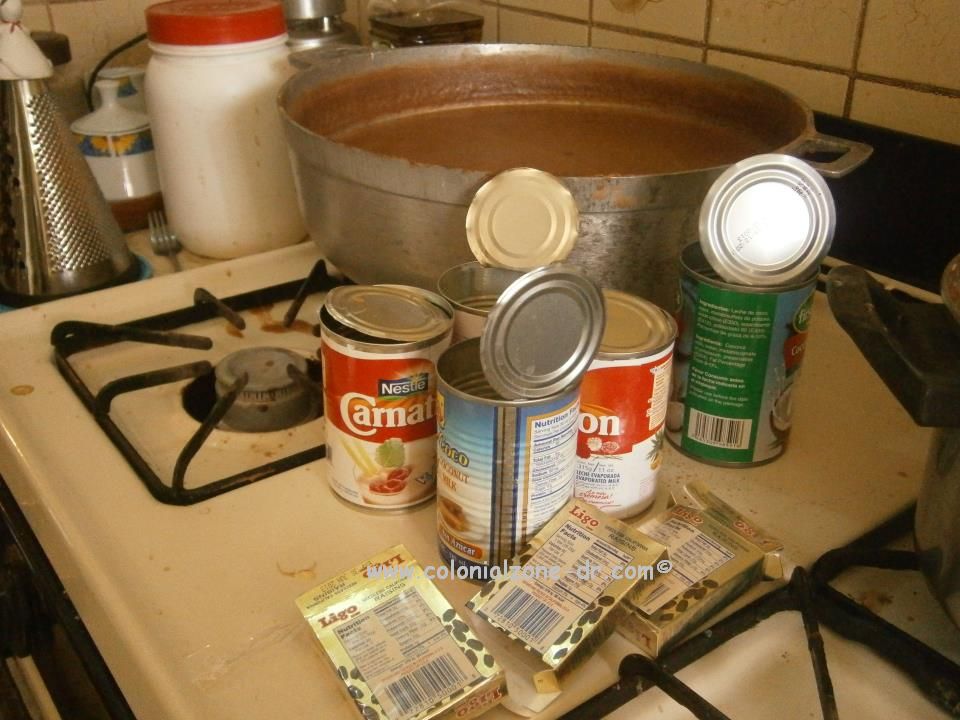Dominican Republic Superstitions – Marriage, Death, Water, Home
The Dominican Republic has many superstitious beliefs that have been passed down through the ages. How to ward off bad luck before it happens and what to do if you make a mistake and those bad omens find you. Read, learn and remember how to prevent bad things from happening to you the Dominican way.
To Marry or Not To Marry | Death and It’s Causes | Rain and Water | Food and Home Superstitions

Marriage and No Marriage
If you are married or planning on being married or maybe you never want to be married. You might want to read about these superstitions before making any decision.
*It is a catastrophe if one gets married on Tuesday, Friday or in the month of November.
*If a woman opens an umbrella in the house she will never get married
*DO NOT go to a wedding dressed in black this gives bad luck to the couple.
*If a single woman in serving something on a tray and the tray is left empty she should hold it upside down or she won’t get married.
*If a young girl walks under a ladder, she will never marry.
*You can’t sweep a single person’s feet or they will stay single.
*If you cross a set of hands already in a handshake with another handshake, someone will be getting married.

Death and Death Causes
How to prevent death and illnesses and what to do if death comes close.
*If you have two lights turned on in a room this will cause death.
*If a dog howls with persistence somebody in the neighborhood will die.
*If a dog barks at night without reason then he is seeing a ghost.
*If all the hens cluck at the same time there will be a death in the family.

*If a person goes to the cemetery while ill they will die of that disease.
*Do Not sleep with your feet towards the street. Since this is the way the dead are put to rest this will bring bad luck or even worse death.
*Every time a bottle of alcohol is opened some of the alcohol must be poured onto the floor por los muertos/ for the dead.
*When seeing a funeral procession on the highway make sure to cross yourself or you could be possessed by the dead.
*If your windows are open and a funeral is going by you have to close the windows and wake any sleeping babies. Throw a bucket of water down the steps for good measure.
*Every time you pass a graveyard don’t forget to cross yourself for protection and respect, at both the beginning and end of the graveyard.
Rain and Water
When to avoid bathing, rain or getting wet and when to just dive in and get soaked. These superstitions are used to protect you from the bad omens of fucús.
*If things are going bad, a dip in the ocean will wash away the bad spirits.
*Don’t bathe in the morning – again, you will get gripe (the flu or a cold).
*You must place a cubo de auga / bucket of water at the furthest corner of your house the week of New Year’s. Exactly at midnight you dump the water out the backdoor. The belief is you gather all the bad spirits and feelings of the previous year and you dump them out never to return. (more New Year traditions)
*If you go into a rain shower when the sun is shining you will get sick.
*Taking a bath with rose petals is said to bring Quitar la mala suerte / good luck. Usually done by people who have not won the lottery.
*To make it not rain make a circle of pebbles in your yard. Cover these stones with ashes and say the anti-rain chant “San Isidro Labrador, quita el agua y pon el sol!”
*To protect your crops during a storm with strong winds mount your machete, upside down, on the wall in the farthest corner of the home.

*If you are caught in a thunder and lightning storm its best to stop talking and close the mouth. Also remove and teeth that are removable because they, the metal in them, are said to be lightning conductors and they can be blown right out of your mouth.
*When the first rain in May falls El Agua de Mayo catch the water with your hands and wash your face. This will get rid of wrinkles and purify. Save some in a jar to use later for whatever ails you.
Food and In the Home Superstitions
Learn how to cleanse a new home before you move Dominican style. And be careful, if you eat certain foods or even drop a utensil this can cause dire consequences or bring unwanted visitors to your home. Some things can even cause death!
*Do not ask a neighbor to lend you salt in the morning. This will bring bad luck.
*Never hand a salt shaker directly to someone, you should always place it on the table first.
*If you drop a fork and the tines of the fork point to the roof (up) an angry sibling will arrive. If the tines of the fork point to the floor the siblings will arrive looking for food or lodgings, a celebration.
*If you drop a knife in the kitchen, a male visitor will be stopping by. If you drop a spoon, it will be a female.

*If you eat the seeds of a watermelon (Pastilla) you will get stomach pains and die.
*Don’t eat piña/ pineapple too soon after eating eggs.
*You should never drink coffee standing up or any plans that you have made will not happen (se te barajan los planes).
*You cannot eat avocado and drink milk right before bed or you will get bad stomach cramps.
*If a farmer chews tobacco while he plants yucca, the yucca will be bitter.
*Young women just entering puberty may never eat citrus fruits.

*A new straw or palm frond broom, before the first use, must be set outside for a day for luck
*Placing a broom behind the door one will receive visitors
*To get rid of a guest who has overstayed their welcome place a broom behind the entry door with the bristle end up.
*Never sweep out the front door of a business.”There go your profits”.
*Place above the front door some sábila/ aloe. This collects all the negative energy of people coming and going.
*If you come across a set of crossed branches on your doorstep, watch out. Someone had done a “job” on you.
*Cover all your mirrors during thunderstorms.
*Standing in a doorway during a thunderstorm could cause the home to be struck with lightning.
*The first time you enter your new house (residence) bring with you oil, salt, bread, a candle and a picture or Jesus or whatever saint you choose. The candle and picture are to bless the house and the oil, salt and bread will always make sure you have food in the house.
*If a wasp comes into the house it brings bad luck.
*Don’t put money under your mattress or you will never get a good nights sleep.
*Never open the fridge after you iron.
*A glass of water placed on a shelf with the image of Santa Clara placed behind it to “they clarify all the ways”.
*Place a sprig of Perejil/ parsley in your home and it will bring you money.
*Bells placed in the doorway ward off evil and are placed there as an advanced warning should spirits enter the home.
*Turning a chair on one leg will bring misfortune.






